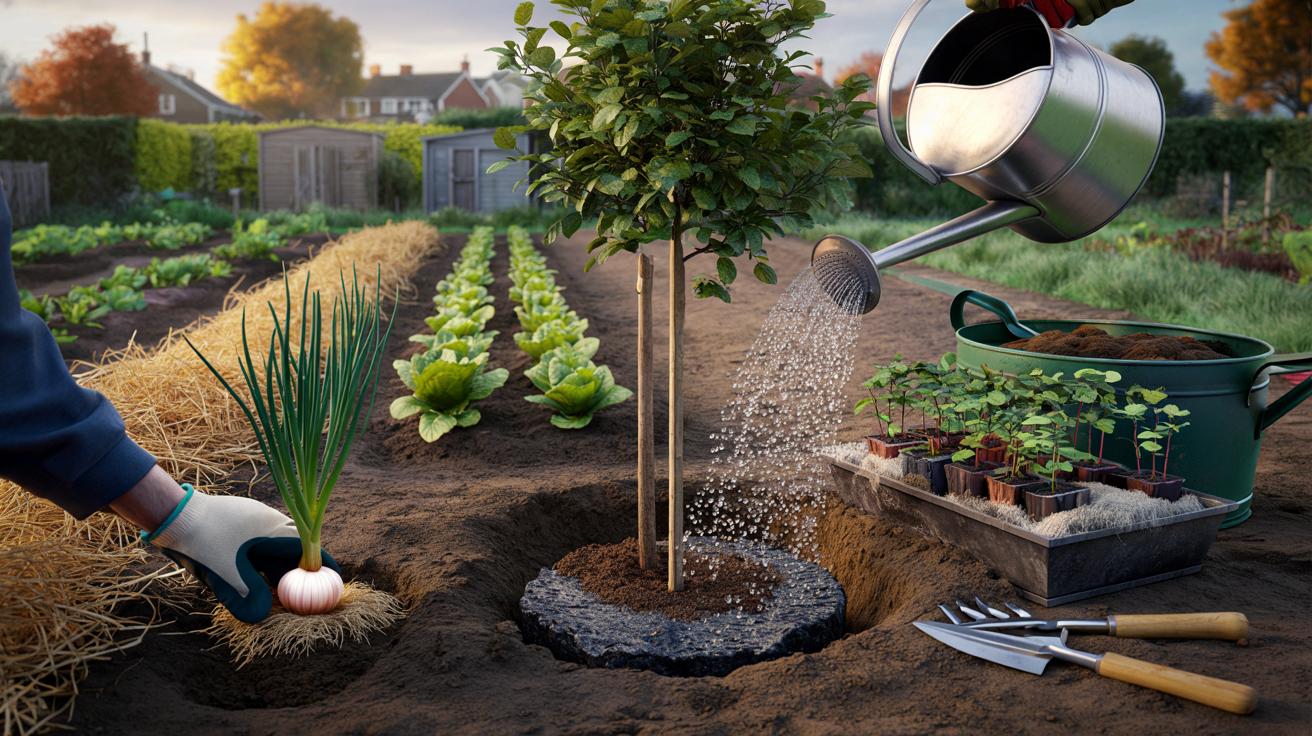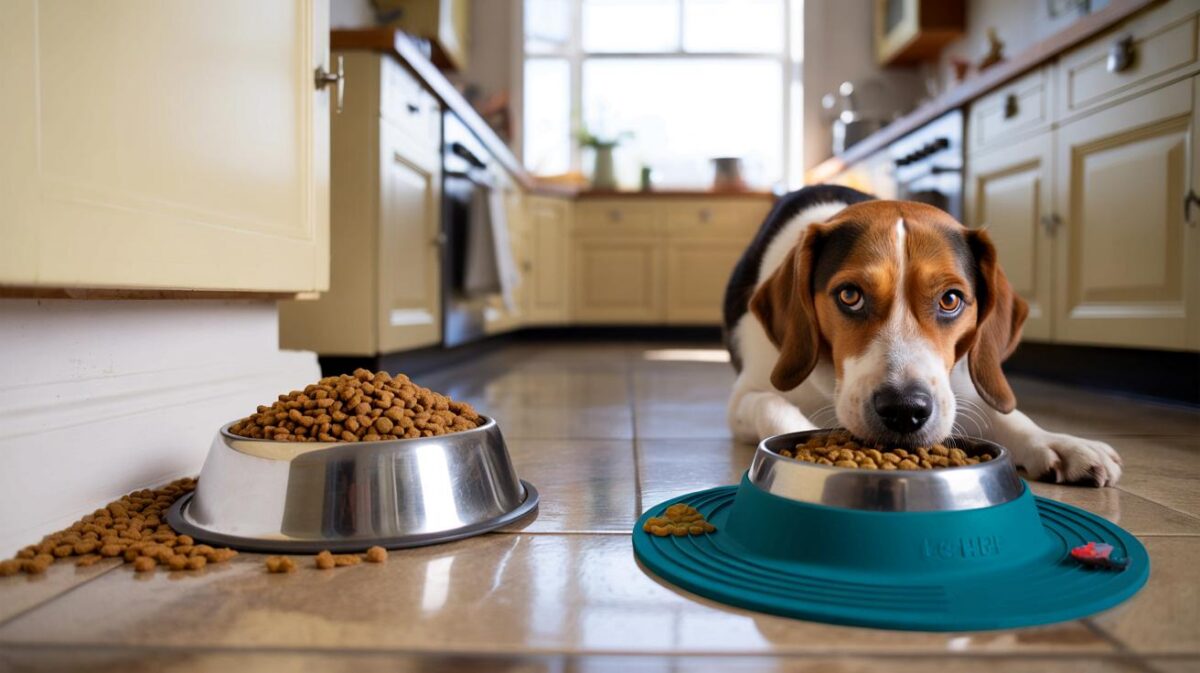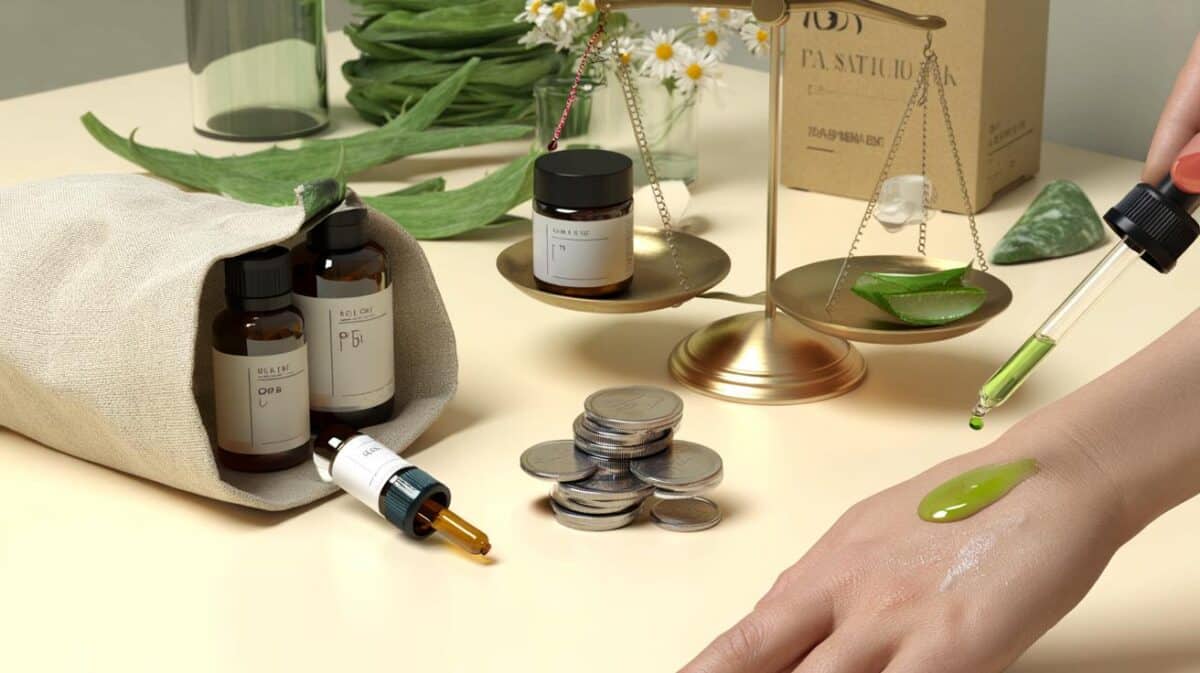This year that moment spans a clean two weeks in mid‑October. Tradition points to a descending moon. Practical growers point to kinder soil, brisk rooting and calmer transplants.
The quiet rush gardeners wait for
Across allotments and orchards, a simple rule shapes the autumn schedule: plant when the moon appears to fall lower each night. The phase is known as the descending moon, and it returns several times a year. The prized slot for big jobs often lands in October when soils still hold warmth and the air cools.
The 2025 window runs from 12 to 26 October — a 14‑day stretch many gardeners ring in their diaries for root work, planting and cuttings.
What descending moon believers say happens below ground
The claim is straightforward. As the moon descends, sap and growth energy settle closer to the roots. Young plants then put effort into anchoring rather than pushing soft top growth. Roots dive, wounds seal cleanly and transplants settle with less sulking. The practice stems from old market‑garden wisdom and still guides plenty of modern hands.
Spotting the window without a telescope
You do not need kit. Check a lunar calendar, note the dates, and keep an eye on the arc of the moon edging lower at dusk. In 2025, the autumn slot is mid to late October. The fine print matters less than steady timing, decent soil, and a calm forecast.
What to do during the 12–26 October slot
Cuttings that take more readily
Roses, currants, rosemary and many deciduous shrubs root well now. Take pencil‑thick wood, cut below a node, remove lower leaves and firm into a gritty, moist mix. Keep two buds above the surface. Shelter the tray from hard wind and direct sun. Aim for steady moisture, not a swamp.
Planting and lifting with less stress
Fruit trees, cane fruits and autumn brassicas respond well to an October move. So do hardy salads, onions and garlic. The ground still gives warmth at root depth, which helps plants knit in before the first frost. City growers can use deep containers and gain the same effect.
| Plant type | Best action in the window | Spacing or depth | First watering |
|---|---|---|---|
| Apple or pear (container‑grown) | Plant and stake | Hole twice pot width; graft union 5–10 cm above soil | 15–20 litres at planting |
| Raspberry or blackberry (bareroot) | Plant and mulch | 45–60 cm between canes | 10–15 litres |
| Garlic | Plant cloves | 5 cm deep, 15 cm apart | 1–2 litres per row metre |
| Winter lettuce | Transplant | 25 cm apart | 2–3 litres per plant |
| Rose or currant | Hardwood cuttings | Insert 10–15 cm deep | Thorough soak, then keep moist |
Pruning for cleaner cuts and calmer plants
Light formative work sits well in this phase. Tidy roses, clip hedges, and remove dead or crossing wood on fruit trees. Leave major reductions and reshaping for late winter or early spring in cold areas. Fresh, slanted cuts shed water and heal neatly when the plant is not pushing soft growth.
Work roots and structure now; keep heavy canopy cuts for the close of winter when sap is rising.
Make the soil do half the job
Prepare the bed before you plant
Break clods, lift compaction and blend in well‑rotted compost. Aim for a crumbly, springy texture that drains yet holds moisture. A spade‑deep fork and a light rake usually suffice. Soil temperature between 7–10°C at 10 cm depth supports root activity, which is common in mid‑October across much of the country.
Mistakes that undo the gains
- Planting into saturated ground that smears and seals around roots.
- Leaving roots exposed to air and sun while you dig the hole.
- Poor spacing that forces future crowding and weak airflow.
- Skipping the first deep watering, which settles soil around roots.
- Piling mulch against stems, which invites rot and pests.
The little extras that stack the odds
Water in thoroughly: 10–20 litres for a young tree, 2–3 litres for transplants. Apply a 3–5 cm mulch of leaves, straw or wood chips, keeping a palm‑width bare around stems. Label new rows and note the date. Check leaves and remove any torn or diseased tissue. Stake trees with a soft tie on the windward side to cut sway.
First water sets the roots; thin mulch guards moisture and buffers the first frost without smothering the crown.
Why this matters for orchards and city patches alike
Fruit trees that dig in before winter
Planting in this window lets apples, pears and plums push feeder roots while the canopy stays quiet. That head start often shows next season as steadier growth and stronger flowering spurs. Patio growers using dwarf rootstocks gain similar benefits in large tubs with a gritty loam‑based mix and a modest autumn feed of compost.
Leafy beds that ride out the cold
Autumn lettuce, chard, kale and garlic set their engines now. Compact roots and tight hearts handle short days better than leggy tops. Firm plants shrug off wind, and mulched rows hold moisture through dry, bright spells that follow early frosts.
Stay ahead of the calendar
Note the dates and line up your kit
Mark 12–26 October on a physical calendar or a phone reminder. Sharpen secateurs, clean spades, check stakes and ties, and lay out mulch. A simple checklist saves daylight when the weather aligns.
- Two days before: water nursery pots so roots are elastic, not brittle.
- One day before: open planting holes and stage compost and stakes nearby.
- On the day: plant, water, mulch, label, and jot a short note on weather and soil feel.
Key figures gardeners can use this month
Keep these rules of thumb in your pocket. Space dwarf apples at 2–3 metres. Drive stakes 45 cm into firm ground. Water new trees with 15–20 litres, then check weekly by lifting mulch and pinching soil to a ball. If it crumbles at a touch, water again. If it smears on your fingers, wait a day.
Extra guidance for a smarter October
A quick soil check that never fails
Grab a handful from the planting depth and squeeze. If water drips, postpone. If it breaks into coarse crumbs when prodded, proceed. If it stays in a shiny lump, add coarse organic matter and fork lightly before trying again. This 30‑second test sidesteps guesswork.
Risk, reward and a simple backup plan
Early frost, waterlogging and slug surges are the main hazards. Net tender trays at dusk, use collars on brassicas, and raise pots on feet to drain. If heavy rain sets in, hold bare‑root arrivals in a temporary trench and cover lightly. A calm delay beats planting into soup. The reward for patience is a bed of plants that root fast, sit steady and ask for less care as winter closes in.
Mark the 12–26 October window, prepare well, and let roots get to work while the skies turn cold.








